Description
Used in English-speaking countries for more than half a century, the masterful Soncino Books of the Bible series has become the classic English rendering of the Bible. This vast work, painstakingly prepared by scholars under the general editorship of Rabbi Abraham Cohen, contains the complete Hebrew text and an elegant and lucid verse-by-verse translation, as well as an illuminating commentary digest based on the works of classical scholars. Extensive introductions provide invaluable help in understanding each book’s purpose. With its compact, practical size and distinctive format, this is the most accessible and complete text for all students of the Bible. Each volume contains an index and a bibliography.
The Five Megilloth consists of the Song of Songs, Ruth, Lamentations, Ecclesiastes and Esther.
The Song of Songs is King Solomon’s poem of love between G-d and the Jewish people, couched in the metaphor of love between a man and a woman.
The Book of Ruth tells the tale of the conversion of Ruth, a Moabite woman who became the foremother of King David and ultimately, the Messiah.
The Book of Lamentations, written by the prophet Jeremiah, describes the sorrow of the destruction of the First Temple and the exile of the Jewish people.
Ecclesiastes contains some of the wsidom of King Solomon. It focuses on the idea of the temporariness of the things of this world, and emphasizes the importance of spiritual deeds.
The Book of Esther tells the story of the holiday of Purim, and how the Jews were saved from annihilation at the hands of the wicked Haman by the heroic Esther and Mordechai. Ultimately it shows how G-d is always at work behind the scenes, even when His hand is not immediately apparent.

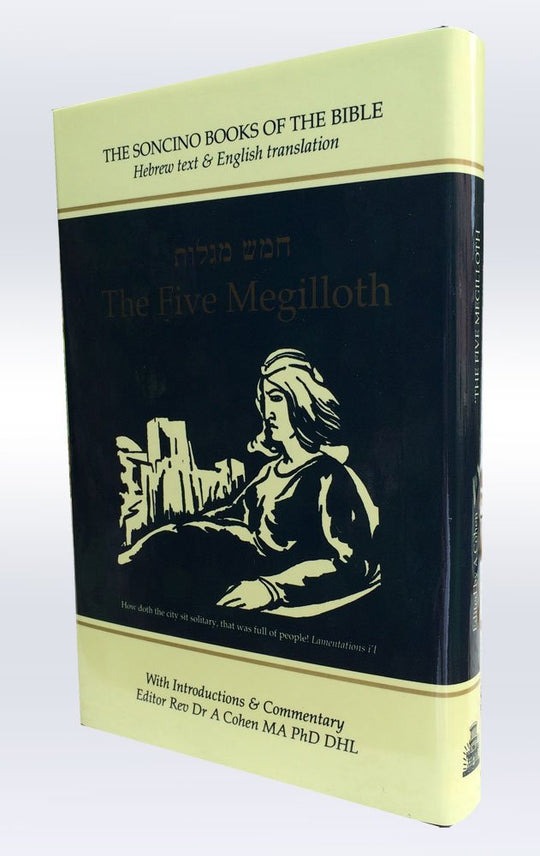




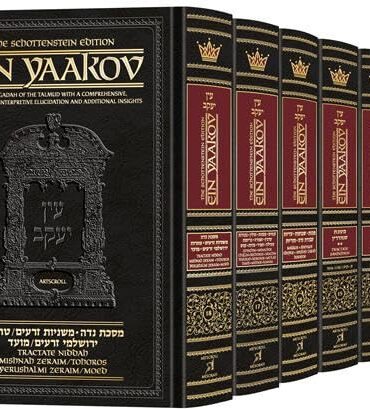

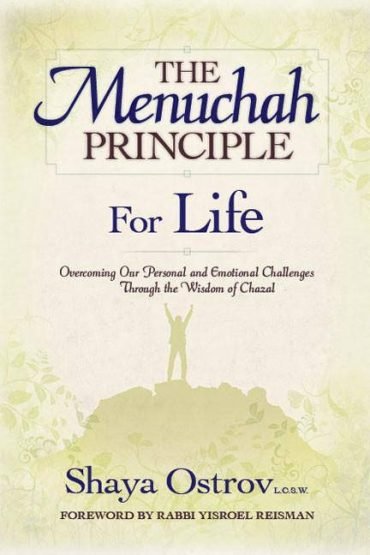
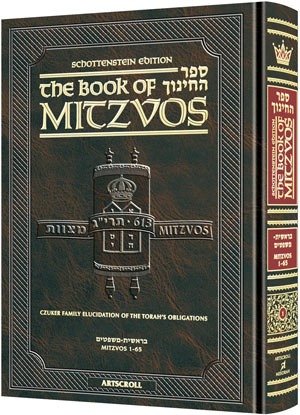
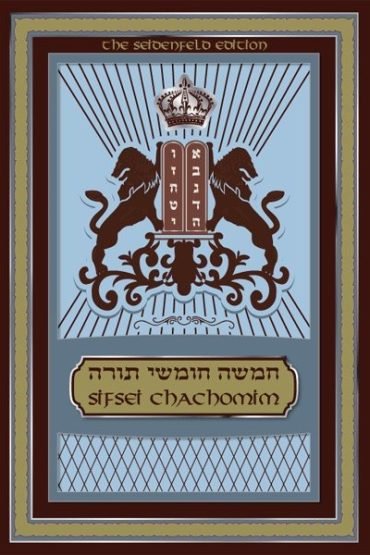



Nab732 –
Great source of supplemental information. A must use when studying the scriptures..
Israel Drazin –
This is a splendid interpretation of the five Megilloth, scrolls that are read in the synagogue on five different holidays during the year. It contains a wealth of information from many sources. It tells us, for example that the scroll of Esther is read during the holiday of Purim, because it tells the origin of the holiday We no longer know who composed the book. The Babylonian Talmud ascribes it to the men of the Great Assembly. Rashi and others claim Mordecai composed the scroll. Modern scholarship rejects both views and states that it was written by some Persian Jew familiar with the Persian palace practices and conditions.Esther is the only Megillah (singular of Megillot) read twice, once in the evening synagogue service of Purim and a second time during the services on Purim morning. It is the only Megillah that is called “the Megillah,” the only one that is universally read from a parchment scroll, the only one in which the synagogue reader recites a blessing before and after reading the scroll, and the only one that many Jewish households purchased their own parchment scroll to use in following along silently during the synagogue reading. The rabbis decreed that one does not say Hallel, the psalms of praise recited on all holidays, on Purim because the book of Esther itself praises God. These distinctions are the result of the books immense popularity. This is only a small part of the many facts in this book.
Robert New England –
There are two editions: The 1st was written in late 40s/early 50s, and the 2nd was edited in the 90s. Their text is largely identical. This book presents a summary of traditional, rabbinic views of the Tanakh (Hebrew Bible.) The editor draws on many Jewish sources, such as: the Midrash literature, the Talmud, and the Meforshim – medieval rabbinic Jewish Bible commentators. These include Abraham ibn Ezra, Rashi, Ramban, Radak, Sforno and Ralbag (Gersonides). The first edition of this work also included some (then) modern historical scholarship, including the work of Christian bible historians.A second edition appeared in the 1990s, edited by Rabbi Abraham J. Rosenberg, who has also written for Judaica Press and Artscroll. Unfortunately, instead of updating the historical scholarship, it was removed entirely. The removed material was replaced by additional Midrash. In a note, the editor talks down to his audience, explaining that this was necessary because it “diluted” the work. In fact, historical material was censored, as part of a campaign by right-wing Orthodox Jewish editors, to rewrite Jewish history, making it conform to modern day Haredi (ultra-Orthodox) ideology. See “Changing the Immutable: How Orthodox Judaism Rewrites Its History” by Marc B. Shapiro for more on that troubling phenomenon.Nonetheless, both editions of this book function very well as a great repository for English translations of the classic Jewish Bible commentators, which is mostly what I was looking for. Also, fortunately, some historical material is preserved in the original editor’s introduction, which has not been changed. As long as the reader is aware that classical interpretations should be read alongside more modern historical analysis – e.g. the JPS Bible Commentary Series, or the Jewish Study Bible, edited by Adele Berlin and Marc Zvi Brettler. – then this series is a great addition to any Jewish household library.